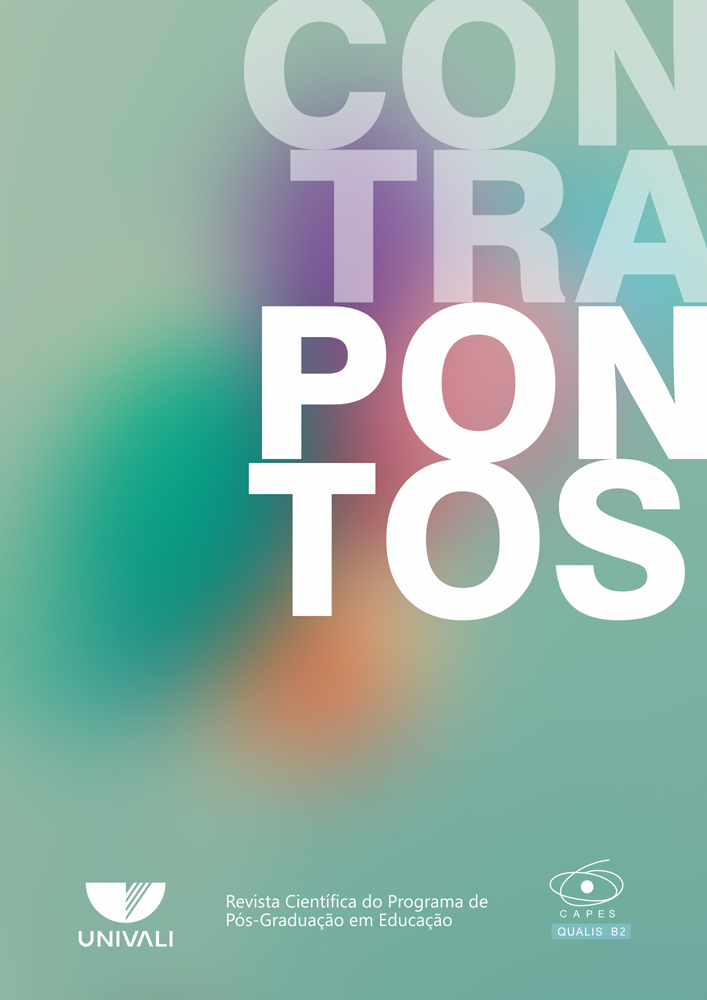REPRESENTACIONES RACIALIZADAS Y DIMENSIONES PEDAGÓGICAS DE LAS HISTORIETAS DEL PERSONAJE NEGRO PIMPO EN LA REVISTA INFANTIL “CACIQUE”
DOI:
https://doi.org/10.14210/contrapontos.v21n1.p131-147Palabras clave:
Estudos Culturais, Representações Racializadas, Histórias em Quadrinhos, Revista CaciqueResumen
Este estudio analiza las representaciones racializadas del personaje negro “Pimpo” y su familia y las dimensiones pedagógicas de cuatro historietas publicadas en la revista infantil Cacique, en 1954. El objetivo principal es, desde el enfoque teórico de los Estudios Culturales, desnaturalizar y problematizar los signifi cados específi cos atribuidos a las representaciones del cuerpo de los personajes negros en los cómics y a su comportamiento y actitudes. Entre los resultados de la investigación, se destaca inicialmente el potencial pedagógico de las revistas y los cómics infantiles, que producen y difunden formas de ser niño entre los lectores. En el caso particular de las representaciones sobre el personaje negro Pimpo, en los cómics de Revista Cacique, se considera que sus representaciones están marcadas por una cierta ambigüedad de signifi cados y sentidos. Por un lado, el personaje Pimpo quedó reducido a representaciones estereotipadas y estigmatizadas, como un “niño pequeño”, holgazán, travieso, marcado racialmente por la diferencia en el color negro de su piel, su pelo rizado, ojos saltones y labios prominentes. Por otro lado, fue humanizado, presentado viviendo con su familia y amigos blancos y un primo moreno, aparentemente integrado, dentro de las premisas de la democracia racial vigente en ese momento.
Descargas
Publicado
Número
Sección
Licencia
Derechos de autor 2022 Revista Contrapontos

Esta obra está bajo una licencia internacional Creative Commons Atribución 4.0.
Ao encaminhar textos à revista CONTRAPONTOS, o autor estará cedendo integralmente seus direitos autorais da obra à publicação. O trabalho publicado é considerado colaboração e, portanto, o autor não receberá qualquer remuneração para tal, bem como nada lhe será cobrado em troca para a publicação. Os textos são de responsabilidade de seus autores. Citações e transcrições são permitidas mediante menção das fontes.

Este obra está licenciado com uma Licença Creative Commons Atribuição 4.0 Internacional.

